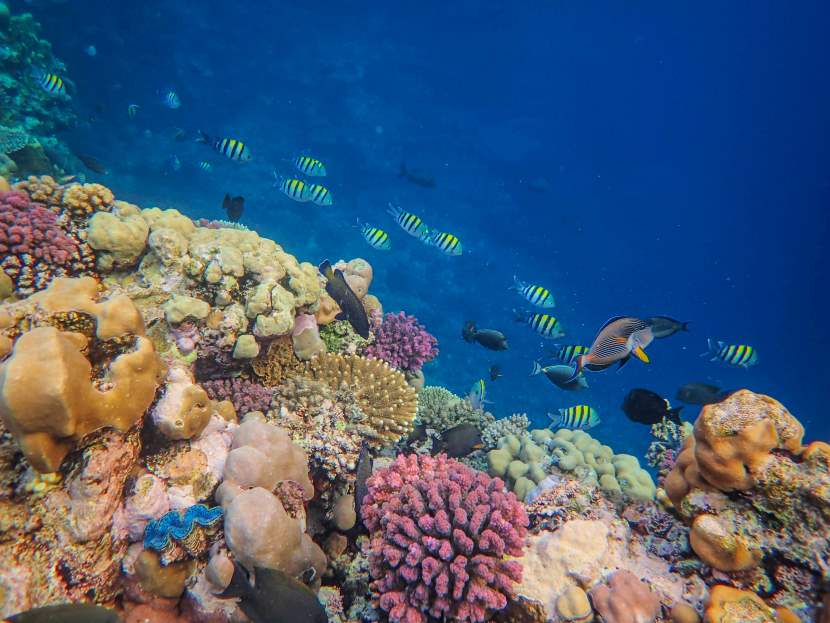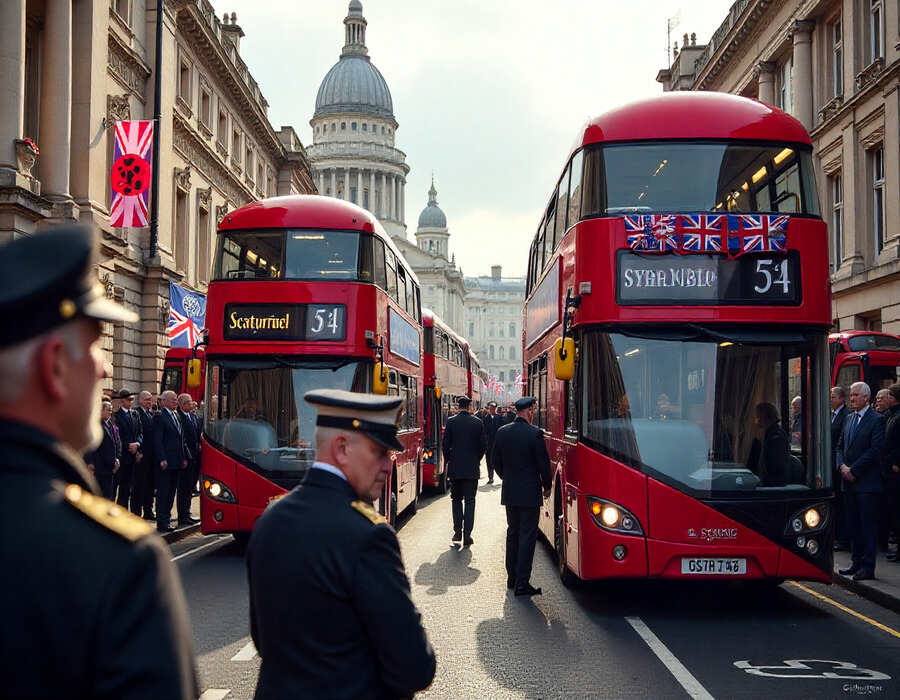Published on
October 11, 2025
In the wake of the National Day “golden week” celebrations, Hong Kong’s marine tourism has come under scrutiny as the aftermath of overwhelming visitor numbers has become evident. Thousands of domestic and mainland Chinese tourists flocked to Sharp Island in Sai Kung, a UNESCO Global Geopark, turning the holiday rush into an environmental flashpoint. The sharp rise in coastal tourism, celebrated for its economic ripple effects, has also triggered significant ecological concerns. Hong Kong’s once-pristine reefs, an emblem of the city’s fragile marine biodiversity, are now under pressure, forcing renewed attention on sustainable tourism and long-term ecological management.
The Lure of Island Tourism
Sharp Island has long been one of Hong Kong’s most accessible natural retreats. Surrounded by turquoise waters and coral-rich shallows, it draws swimmers, snorkellers, and day-trippers in droves. During the recent “golden week,” the island became an emblem of travel resurgence as thousands sought to reconnect with nature after years of pandemic-related restrictions.
Tourism agencies celebrated this revival, hailing the renewed vibrancy of Hong Kong’s outdoor destinations and their vital role in supporting local ferry operators, food vendors, and eco-guides. However, beneath the surface of this travel boom lay an unfolding environmental challenge. The surge in visitor numbers brought unregulated human activity into delicate reefs that require strict protection from physical disruption. With marine ecosystems already strained by warming seas and pollution, the addition of intense tourist pressure tipped the balance toward ecological vulnerability.
The Extent of the Damage
Sharp Island’s coral beds, though small in size, are vital components of Hong Kong’s coastal biodiversity. Surveys conducted by the Agriculture, Fisheries and Conservation Department (AFCD) identified roughly four square metres of coral showing clear signs of physical deterioration. Divers and conservationists reported visible abrasions and fractures – an indication that coral structures had been stepped on, dislodged, or covered by stirred sediment from human movement.
Tourist behavior played an undeniable role in the damage observed. Visitors were seen standing, walking, and even posing for photographs directly on live coral surfaces. The delicate branches of these reefs, which take years to form, were crushed underfoot. Some individuals reportedly collected marine organisms such as sea urchins or disturbed starfish, unaware of the ecological harm caused by even minor interference. Litter, sunscreen residue, and discarded plastics added to the degradation, smothering coral and affecting the surrounding water quality.
Although the AFCD maintained that overall coral conditions remained relatively healthy compared with prior surveys, the localised destruction signaled an urgent warning. The recovery of damaged coral can take several years, if not longer, depending on environmental conditions and human restraint. In Hong Kong’s temperate subtropical waters, coral growth tends to be slower than in tropical regions, meaning every instance of breakage sets back marine recovery timelines.
A Surge Beyond Expectations
Tourist statistics reveal the sheer scale of the challenge. According to data recorded by Greenpeace, Sharp Island received 4,062 visitors on 1 October alone – far exceeding anticipated numbers. This unprecedented peak demonstrated how quickly human enthusiasm can overwhelm natural carrying capacities.
Authorities acknowledged that crowd management and visitor regulation had lagged behind the pace of reopening. The rapid rebound of local tourism created logistical gaps in ferry operations, waste collection, and reef protection protocols. In some instances, ferry operators offered frequent services without adequate oversight, increasing the influx of visitors beyond sustainable limits within a single day.
Deputy Director Patrick Lai of AFCD noted that the department had to respond with urgency when reports of environmental disturbance surfaced. The administration conducted on-site inspections and cleanup efforts, emphasizing that complacency was not an option. The incident has since served as a wake-up call for both officials and local communities reliant on nature-based tourism.
The Complex Relationship Between Tourism and Conservation
The events at Sharp Island highlight the broader tension between economic benefit and environmental stewardship. Coastal tourism provides livelihood opportunities and drives post-pandemic recovery, yet it demands careful limits to prevent irreversible ecological loss. In regions like Sai Kung, where coral reefs serve both as ecosystem hubs and tourist attractions, achieving balance becomes particularly difficult.
Sustainable tourism frameworks recommend strict visitor quotas, designated snorkeling zones, and educational programs to foster environmental awareness. Yet, these measures remain under consideration rather than enforcement in Hong Kong’s geoparks. While visitor caps could safeguard marine life, stakeholders worry such restrictions might dampen the economic vitality of local businesses thriving on tourist traffic.
WWF Hong Kong has emphasized that recovery will not occur overnight. The Ocean Conservation team, led by Kelvin So Jun-yin, has warned that physical disturbance diminishes coral resilience and can impair reproduction cycles. He noted that even a few days of careless human intrusion can undo years of natural growth. For ecosystems already confronting climate-linked bleaching, the compounding effect of physical stress could push fragile coral populations toward decline.
Toward Smarter Tourism Strategies
The AFCD has expressed an openness to implementing new management approaches before the next high season. Options under consideration include capping daily visitor numbers, restricting ferry operations, and reinforcing patrols across geopark zones. Such policies aim to recalibrate human activity levels to match ecological recovery capacities.
Education will be critical in reshaping tourist behavior. Clear signage, guided snorkeling routes, and community-led monitoring could transform how visitors engage with the marine environment. Eco-volunteer programs are also being discussed as models for participation without degradation—where tourists contribute to coral monitoring and reef restoration under expert supervision.
Digital tools offer further solutions. Mobile reservation systems can regulate entry to sensitive zones, while awareness campaigns through local travel platforms can redefine public expectations about responsible adventure. These initiatives would align Hong Kong’s marine tourism with international sustainability benchmarks used in globally recognized reef destinations.
The Cultural Identity of Marine Heritage
For Hong Kong, these reefs are more than natural structures—they form part of the city’s marine cultural identity. Generations of local residents have explored Sai Kung’s islands as weekend getaways, while international travelers have viewed them as accessible windows into South China’s unique maritime landscape. Protecting them is thus not only an environmental task but a preservation of heritage and pride.
As public awareness rises, community groups and schools have begun integrating marine education into weekend programs and classroom curriculums. Youth engagement in coral rehabilitation projects is slowly growing, bridging the gap between science, participation, and stewardship. The hope is that a well-informed population will naturally reduce harmful practices, aligning tourism with conservation.
Balancing Future Growth and Ecological Health
Sharp Island’s recent experience illustrates the crossroad at which Hong Kong’s eco-tourism now stands. Authorities are tasked with protecting fragile ecosystems while sustaining public enthusiasm for outdoor travel. The weeks following the “golden week” influx have been marked by reflection and strategic reassessment.
Environmentalists argue that this pause offers an opportunity to rewrite the narrative—one where tourism acts as a guardian rather than a threat to biodiversity. With enhanced management, coral monitoring, and community partnerships, Sai Kung’s reefs could recover stronger and serve as living examples of adaptive conservation.
Long-term initiatives may include expanding artificial reef programs, improving mooring infrastructure to reduce anchor damage, and integrating marine protection into Hong Kong’s broader Climate Action Plan. The challenge is formidable, yet the lessons from Sharp Island have underscored the urgency of reevaluating how human recreation interacts with natural preservation.


